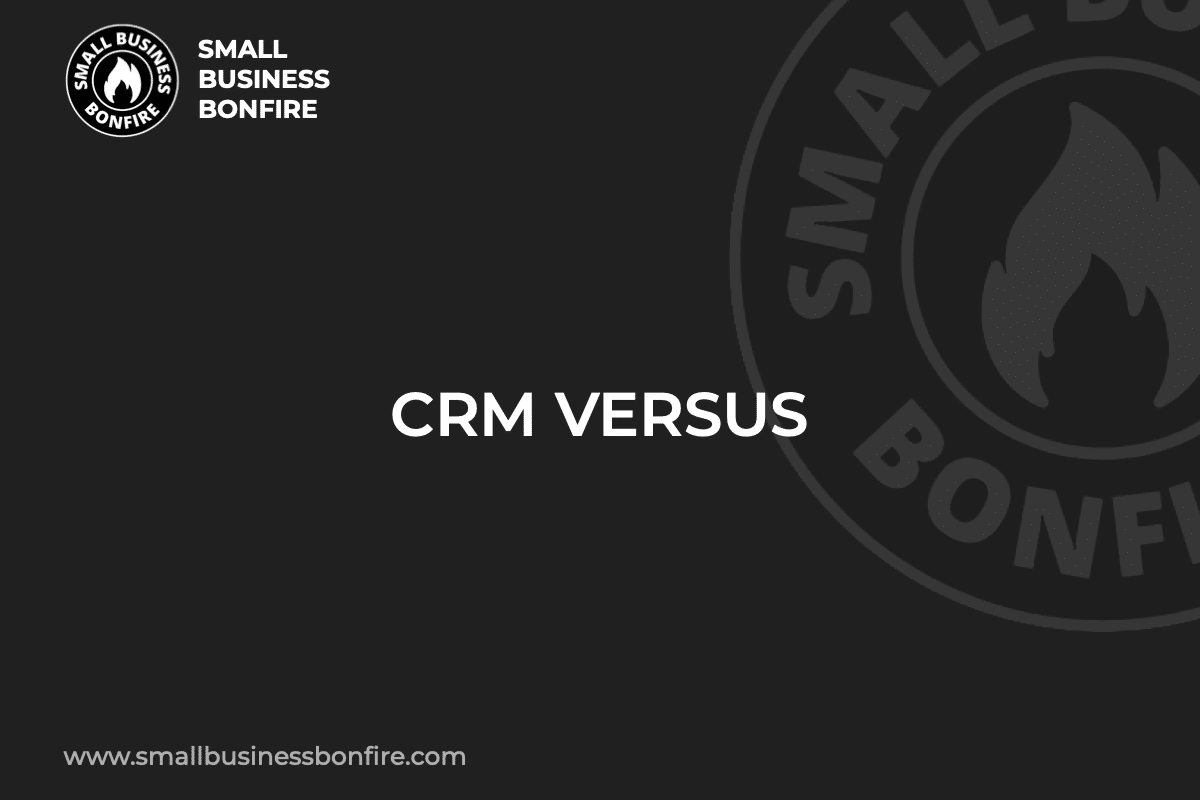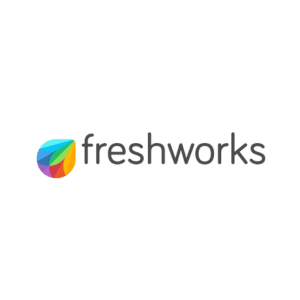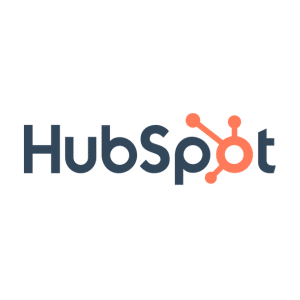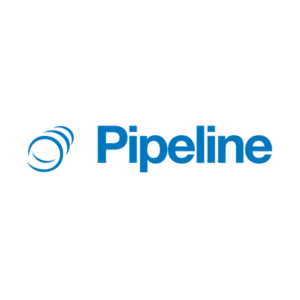Are you looking for ways to boost sales, improve customer relationships AND be more productive?? With all the software choices out there, where do you start?
My name’s AJ, and after recently selling my business for multiple seven figures, I’ve made it my mission to help other entrepreneurs do the same!
After being in business for more than a decade, I have discovered the importance of CRMs and other software systems. If you’re unsure which software your business needs, I’m here to help you rest easy!
I created this simple yet informative guide to explain the differences between CRM, CMS, BPM, and more!
Key Takeaways
- CRM software focuses on managing customer relationships and interactions.
- There are various tools businesses use alongside a CRM system.
- Using multiple software systems improves efficiency and boosts sales.
Related Reading: Best Small Business CRM
SBB Featured Partners
What is a CRM?
What is a CRM? Great question!
Customer relationship management (CRM) software manages your business’s interactions and relationships with current and potential customers.
CRM systems aim to do the following:
- Learn about your target audience
- Collect data from multiple channels (email marketing, ads, social media, etc.)
- Build customer loyalty
- Streamline processes
- Increase sales and revenue
Put simply, CRM software helps you build individual connections with your customers, increasing the chances of earning their business!
CRM Vs. ERP
How does CRM technology differ from enterprise resource planning (ERP)?
The answer may surprise you!
What is ERP?
ERP software integrates and manages the main business processes while offering real-time updates.
Some metrics ERP technology assists companies with include the following:
- General ledger and accounts payable/receivable data
- Financial reporting
- Supply chain management
- Inventory management
ERP systems make it easier to see what’s happening throughout your company, highlighting the main activities.
Key Differences Between ERP & CRM
ERP vs. CRM: While ERP primarily centers around financial data and information, CRM takes a broader approach.
In comparison, CRMs strive to improve customer relationships and boost sales, meaning the customer service, marketing, and sales departments utilize the software the most.
CRM Vs. CMS
CRM vs. CMS: Many individuals confuse CRM and CMS because of their similar appearance. However, these tools are incredibly different.
What is CMS?
A content management system (CMS) is where your website lives. Some examples include the following:
- WordPress
- Shopify
- Wix
- Squarespace
A CMS is where web developers edit, customize, and build your company’s website!
Key Differences Between CMS & CRM
By analyzing data, CRM software finds, organizes, and keeps track of your company’s leads and current customers.
On the other hand, a CMS is software you use to build and manage your business’s website.
CRM Vs. CDP
How similar are CRM and CDP systems?
Let’s find out!
What is CDP?
A customer data platform (CDP) is a data management system that helps build an in-depth view of individual customers.
CDPs integrate the following types of data from multiple sources to build a unified customer profile:
- Behavioral data
- Transactional data
- Structured data
- Unstructured data
Key Differences Between CDP & CRM
When comparing CDP vs. CRM software, although they have similar functionalities, they prioritize different aspects of business operations.
For example, CRMs primarily support sales and have a more limited scope than CDPs. A CDP’s primary goal is delivering a complete view of each customer beyond the sales cycle.
ATS Vs. CRM
Now I’ll review the essential differences between CRM and ATS software!
What is ATS?
An applicant tracking system is a recruitment technology that makes it easier for businesses to streamline, automate, and optimize the hiring process.
ATS software simplifies the entire talent acquisition workflow using automation and data organization.
Key Differences Between ATS & CRM
ATS vs. CRM software presents notable differences.
CRM systems gather information and essential customer data, while an ATS focuses on your potential employees.
Still, it’s efficient to integrate CRM and ATS software for further optimization!
CRM Vs. ECRM
CRM and ECRM look (almost) exactly alike, so how different can they be??
Here’s everything you must know about CRM and ECRM technology.
What is ECRM?
An ECRM (electronic customer relationship management) software utilizes information technology to offer better customer experiences.
With ECRM software, businesses use customer behavior data and purchase histories to tailor communications and create personalized services.
Key Differences Between ECRM & CRM
ECRM vs CRM: The main distinction lies in the fact that ECRMs are specifically designed for e-businesses.
Additionally, CRMs focus on managing and storing customer data, while ECRMs focus on leveraging technology to create personalized customer interactions!
CRM Vs. SRM
Mistaking CRM for SRM (and vice versa) is expected because the acronyms are VERY similar.
Here’s what you need to know about these technologies!
What is SRM?
Stakeholder relationship management (SRM) systems ensure businesses maintain mutually beneficial relationships with their stakeholders.
With SRM software, companies can do the following things:
- Track fulfillment and delivery times
- Negotiate better pricing
- Streamline the procurement process
- Build strong relationships with suppliers
- Gain insights into the supply chain
Key Differences Between SRM & CRM
SRM vs CRM software both have the common goal of enhancing relationships.
However, the critical difference is that SRM aims to improve supplier relationships, while CRM aims to build customer relationships.
CRM Vs. PRM
PRM and CRM software are essential for business operations. Let’s see how they differ!
What is PRM?
Partner relationship management (PRM) software is a tool businesses and partner programs use to execute their channel sales efficiently.
PRM systems manage the company’s data on its channel partners and the sales activities these partners carry out.
Key Differences Between PRM & CRM
Here is the primary difference between PRM and CRM software:
- Companies use CRM systems to manage data and information on their potential and existing customers
- Companies use PRM systems to manage activities and data on their partners and channel sales partners
CRM Vs. CLM
Next, I’ll review the differences between CRM and CLM software!
What is CLM?
Customer lifecycle management (CLM) focuses on and evaluates customer-related metrics throughout their lifecycle stages.
CLM technology aims to show the outcomes of specific business processes, highlighting what’s working and what needs improvement.
Key Differences Between CLM & CRM
Compared to CRMs, CLM software focuses on more specific business metrics.
For example, a CLM system picks apart every action of the customer lifecycle, finding small areas of improvement that make significant long-term changes.
In comparison, CRMs have a broader focus because they manage customer relationships, company communication, sales processes, etc.
CRM Vs. AMS
Now it’s time to learn how CRM and AMS systems differ!
What is AMS?
Association management software (AMS) helps businesses manage association workflows by automating administrative tasks like:
- Collecting payments
- Fundraising
- Organizing events
- Processing memberships
So, while your AMS handles administrative tasks, you and your team can focus on engaging members!
Key Differences Between AMS & CRM
AMS and CRM software differ in their primary focuses.
While CRMs aim to strengthen customer relationships and create growth opportunities, AMS focuses on managing day-to-day membership workflows.
CRM Vs. CEM
CRM and CEM software focus on customer interactions, but distinct differences are worth noting!
What is CEM?
CEM (customer experience management) is a strategy that tracks, analyzes, and improves customer interactions at each touch point.
CEM tools collect seemingly minor data to see how customers perceive your brand.
Key Differences Between CEM & CRM
The main difference between CEM and CRM is this:
CRMs track the company’s view of a customer, while CEMs track the customer’s view of the company!
CRM Vs. BPM
CRM and BPM systems are related in some ways. Still, the two programs have functions that distinguish them.
What is BPM?
Business process management (BPM) is a system that improves and optimizes a company’s processes and procedures.
BPM software helps companies reduce errors and improve overall organization performance!
Key Differences Between BPM & CRM
The critical difference between BPM and CRM software is that BPM systems aim to improve business processes by making them more efficient and responsive to change.
In comparison, CRM tools manage a business’s interactions with potential and current customers.
CRM Vs. ITSM
Next, I’ll go over the differences between CRM and ITSM software!
What is ITSM?
IT service management (ITSM) refers to the strategies IT teams use to manage service delivery and how those services reach customers.
ITSM aims to act as a guideline by considering all aspects of a workplace’s technology.
Key Differences Between ITSM & CRM
The scope of ITSM and CRM software distinguishes the systems.
ITSM focuses on improving the experience and productivity of internal IT users. CRM tools concentrate on profitability and customer retention.
CRM Vs. HCM
Lastly, I’ll review the differences between CRM and HCM software!
What is HCM?
Human capital management (HCM) transforms traditional administrative tasks into opportunities that drive engagement and increase business value.
HCM views a company’s workforce as a core business asset rather than a cost of doing business!
Key Differences Between HCM & CRM
HCM and CRM differ because CRM systems address an organization’s customers, creating strategies for improving relationships.
On the other hand, HCM software targets a business’s employees, identifying ways to increase the value of this asset.
What Software Is Best for Your Business?
CRM software is a precious tool. Not only do CRM tools foster better relationships, but they also improve employee communication and streamline daily tasks.
Still, using other systems like ITSM, CDP, or CLM in conjunction with a CRM is a common strategy businesses use to optimize their processes further and increase sales!
Which software will you integrate into your business? Let us know in the comments section!
Newsletter Signup
Join The Leads Field Guide Newsletter for tips, strategies and (free) resources for growing your leads, and closing more deals.




